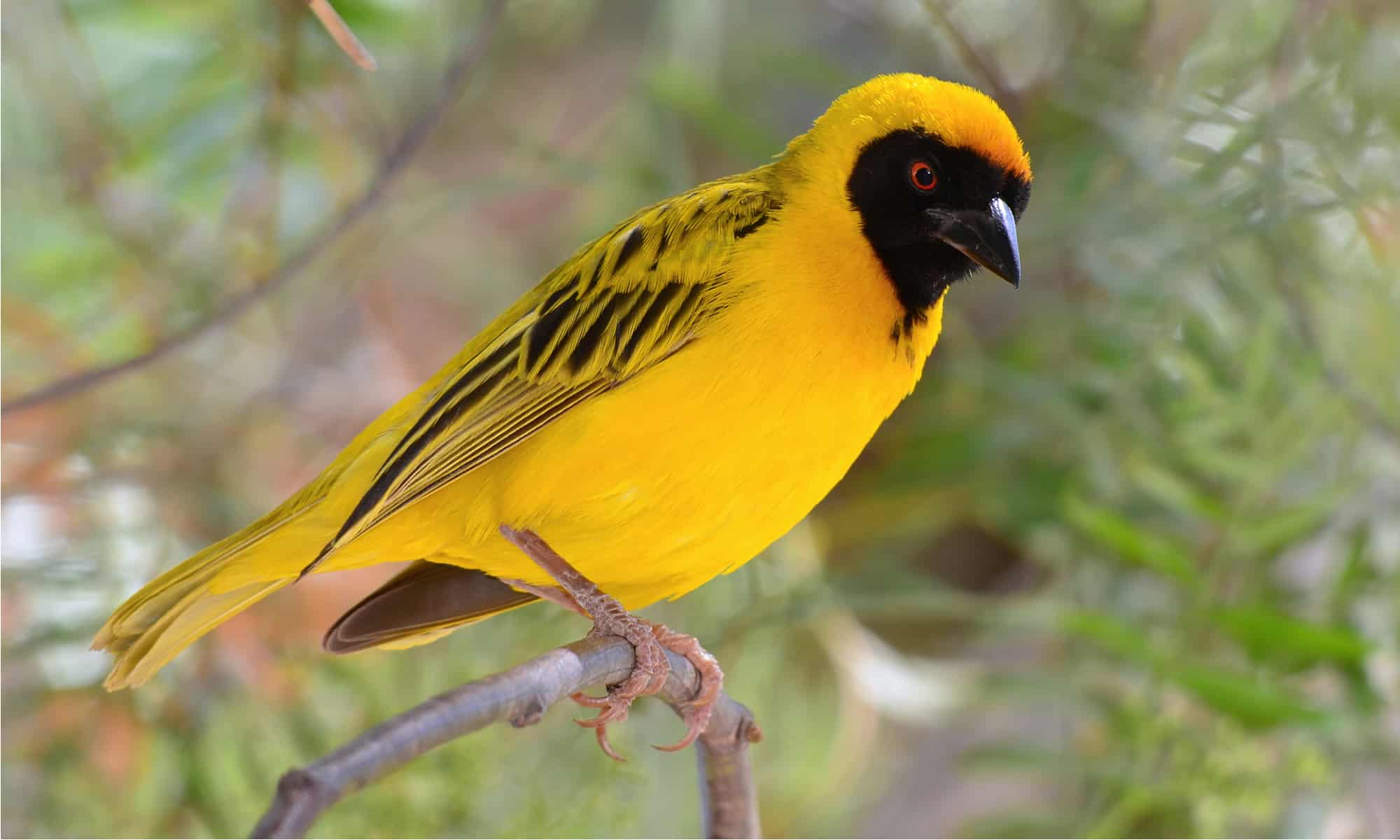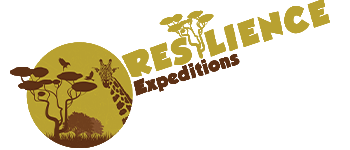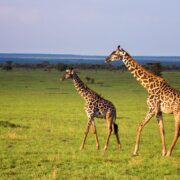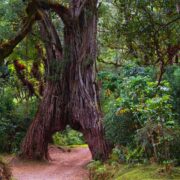
Discover Tanzania’s Weaver Birds: A Guide to Species, Nests, and Habitats
Weavers:
Architects of Nature’s Tapestry In the intricate dance of nature, weaver birds emerge as extraordinary architects, crafting intricate nests that defy the limits of avian ingenuity. These feathered artisans, found across various continents, showcase not only their remarkable skills but also an innate resilience that has allowed them to thrive in diverse environments.
Weaving Wonders: A Closer Look at Weaver Bird Species in Tanzania.
Tanzania, a country celebrated for its diverse ecosystems and abundant wildlife, is also home to a captivating array of weaver bird species. These avian architects, known for their intricate nests and vibrant plumage, add an extra layer of charm to Tanzania’s natural tapestry. Let’s explore the fascinating world of weavers that grace the skies and landscapes of this East African gem.
1. Village Weaver (Ploceus cucullatus): The Urban Architect
One of the most widespread and recognizable weaver species in Tanzania is the Village Weaver. Distinguished by its bright yellow plumage and distinctive black mask, these birds are often spotted in both rural and urban areas. Their communal nests, hanging from trees, create a mesmerizing sight, weaving a story of cooperative construction.
2. Speke’s Weaver (Ploceus spekei): Savanna Artisan
In the savannas and grasslands of Tanzania, the Speke’s Weaver takes center stage. Named after the famed explorer John Hanning Speke, these weavers are skilled builders, crafting intricate nests with a unique flask shape. Their breeding colonies create a lively spectacle, demonstrating the resilience and adaptability of these avian artisans.
3. Baglafecht Weaver (Ploceus baglafecht): Coastal Elegance
Along the coastal regions of Tanzania, particularly around Zanzibar and Pemba islands, the Baglafecht Weaver adds a touch of elegance to the avian panorama. With its striking black and yellow plumage, this weaver showcases its artistic flair in nest construction, often incorporating palm fronds and other coastal materials.
4. Spectacled Weaver (Ploceus ocularis): Forest Enigma
Venture into Tanzania’s lush forests, and you might encounter the elusive Spectacled Weaver. These birds, adorned with distinctive facial markings, thrive in the dense foliage. Their nests are tucked away amidst the greenery, revealing the adaptability of weavers to diverse habitats.
5. Black-headed Weaver (Ploceus melanocephalus): Highland Craftsma
As the altitude rises towards the slopes of Mount Kilimanjaro, the Black-headed Weaver takes center stage. Found in the highland regions, these weavers showcase their resilience by adapting their nest-building techniques to the cooler mountainous climate, offering a unique glimpse into avian life at higher elevations.
Master Builders of the Avian World
Weaver birds are renowned for their exceptional nest-building abilities. Their nests, constructed with a meticulous precision, range from spherical wonders hanging in the treetops to intricately woven structures suspended from branches. The Village Weaver, for instance, creates pendant-shaped nests, meticulously intertwining grass blades and twigs to form a secure haven for its chicks.
Ingenious Construction Techniques
The construction process is a marvel in itself. Weaver birds employ a variety of weaving techniques, using their beaks as tools to knot, loop, and intertwine materials. The Southern Masked Weaver, with its distinctive yellow plumage, is known for its elaborate nest entrances, demonstrating an advanced level of architectural sophistication.
Resilience in Adversity
Weaver birds face numerous challenges in the wild, from predators to environmental uncertainties. Despite these obstacles, their nests stand as resilient symbols of survival. The intricacy of their designs not only provides structural stability but also offers protection against predators. The weaver’s ability to adapt its construction techniques to suit different conditions showcases a flexibility that is crucial for thriving in ever-changing ecosystems.
Communal Harmony in Nest-building
Many weaver species exhibit remarkable communal behavior during nest-building. Groups of birds work harmoniously to create a network of nests, often neighboring one another. This social aspect not only strengthens the bonds within the community but also serves as a collective defense mechanism against potential threats.
Weaver Birds’ Cultural Significance in Tanzanian Traditions
In the vibrant tapestry of Tanzanian culture, weaver birds emerge as powerful symbols embodying unity, community, and resourcefulness. Rooted in the heart of local traditions, these birds and their nest-building prowess carry profound meanings that resonate across generations.
1. Unity in Diversity: A Symbol of Togetherness
Weaver birds, with their communal nest-building practices, symbolize unity amidst diversity in Tanzanian cultures. The intricate collaboration involved in constructing nests mirrors the importance of working together harmoniously within communities. It stands as a testament to the strength found in collective efforts, a value deeply ingrained in Tanzanian societies.
2. Community Bonds: Lessons from Weaver Societies
Tanzanian cultures draw inspiration from the communal bonds exhibited by weaver bird societies. The interconnectedness of nests, often forming colonies, mirrors the close-knit relationships and mutual support crucial within communities. Weaver birds exemplify the idea that shared efforts lead to stronger, more resilient communities, a cherished ethos in Tanzanian social fabric.
3. Resourcefulness in Adversity: A Cultural Metaphor
Weaver birds’ resourcefulness in nest-building serves as a metaphor for overcoming challenges in Tanzanian cultural narratives. Just as these birds ingeniously utilize available materials to craft their nests, Tanzanian societies emphasize the importance of resourcefulness in the face of adversity. Weaver birds become cultural icons, inspiring individuals to adapt and thrive even in challenging circumstances.
4. Rituals and Symbolism: Ceremonial Significance
Weaver birds find their place in various Tanzanian rituals and ceremonies, symbolizing auspicious beginnings and the promise of a harmonious future. Their presence in cultural symbolism adds layers of meaning to ceremonies, connecting people to nature and reinforcing the significance of living in harmony with one’s surroundings.
5. Cultural Art and Expression: Weaver Birds in Traditional Arts
The imagery of weaver birds often finds expression in Tanzanian traditional arts. From paintings to sculptures, these birds are celebrated as artistic symbols representing the resilience, cooperation, and beauty embedded in the cultural identity of Tanzania. Such artistic representations serve as reminders of the deep cultural connection between the people and their natural environment.
In general, weaver birds extend beyond their ecological role in Tanzania; they are living embodiments of cultural values, shaping traditions and narratives. Through their symbolism of unity, community, and resourcefulness, these birds weave themselves into the very fabric of Tanzanian heritage, inspiring a cultural tapestry that honors both nature and human interconnectedness.
Conservation Considerations: Preserving Weaver Habitats
While these weaver species contribute to the vibrancy of Tanzania’s birdlife, the conservation of their habitats is crucial. Deforestation, climate change, and human activities pose challenges to these avian architects. Conservation efforts must focus on preserving the diverse ecosystems that sustain these weaver species, ensuring that their intricate nests continue to grace Tanzania’s landscapes for generations to come.
In conclusion, Tanzania’s weaver birds are not just skilled builders; they are living testaments to the country’s rich biodiversity. From the plains to the mountains, coastal areas to forests, each weaver species adds a unique thread to the intricate tapestry of Tanzania’s natural heritage. As we marvel at their nests and vibrant plumage, we are reminded of the delicate balance between these avian artisans and the ecosystems they call home.
In the intricate weave of Tanzanian ecosystems, weaver birds stand as living symbols of unity, resilience, and cultural richness. As their vibrant plumage graces the skies and their nests adorn the landscape, let us continue to appreciate and protect these avian artisans, ensuring their intricate threads of existence remain an enduring part of Tanzania’s natural heritage. May the stories woven by weaver birds inspire a shared commitment to preserving the delicate balance between nature and culture.



